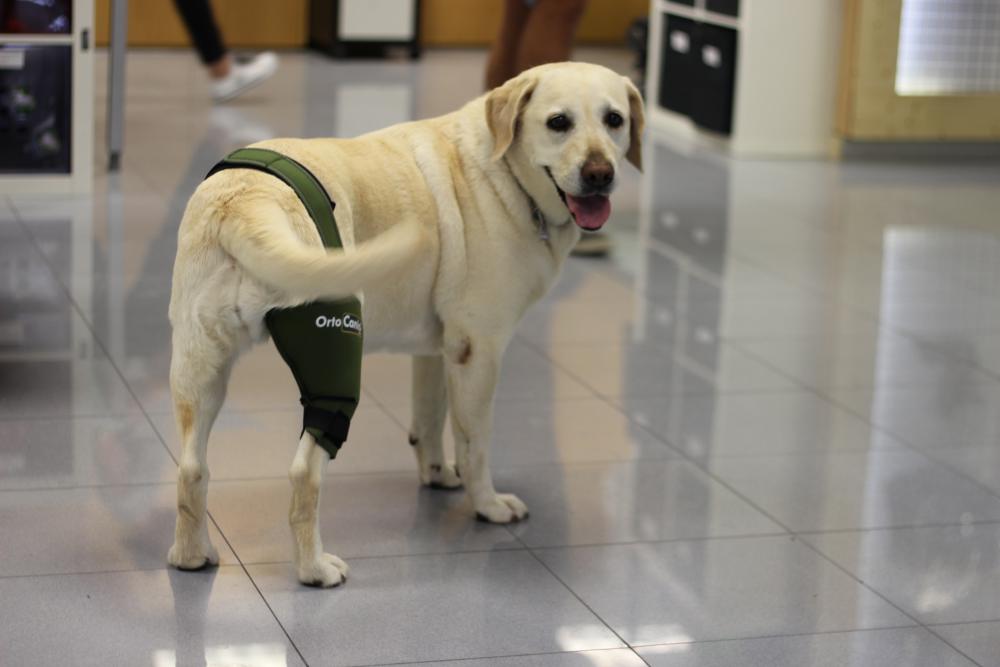Dogs that undergo an operation have to go through a period of rest and care to return to their normal lives. Therefore, the recovery of dogs requires special care that in many cases depends on the type of operation they have undergone.
Regardless of this, a series of guidelines to follow will have to be taken into account when the animal leaves the veterinarian and arrives home. This way you will be more comfortable and your recovery will be more bearable
What to do to help dogs recover after an operation
While the dog is still in the veterinary clinic, it is advisable to accommodate its rest area according to its condition. It is convenient to keep it especially clean and ventilated. And as quiet as possible so that the animal can be relaxed and smooth.
During the first days, and depending on the severity of the operation, it is convenient that you do not do much exercise. You just have to go out to relieve yourself. And in these cases, you don’t have to let him walk away.
You also have to be very careful of your wound, and prevent it from licking it. Although in many cases, a dog licks a wound is good, if it has stitches it is not advisable. He could remove them ahead of time, and the wound would open. So, if the animal begins to lick the wound of the operation, everything possible must be done to avoid it.
The simplest way is to place a necklace around his head, shaped like an open bell. This collar, made of transparent plastic, prevents him from doing so, and is annoying for the dog. However, it is the best way to avoid problems with wounds.
You also have to remember to give him the medication that has been prescribed. And make him drink plenty of fluids. Above all, in the hours after the operation, so that it expels the anesthesia.
Wound cleaning
In addition to certain medication, the veterinarian will recommend to the owner of the operated dogs how to take care of the wound. Above all, how you have to clean it to avoid infections.
In general, an antiseptic solution should be used for this purpose two or three times a day. And carefully monitor the wound so that there are no problems. Of course, before any alteration that presents, you have to go to the veterinarian to rule out problems.
External aids in limb operations
Operations on the limbs are some of the most annoying for dogs. Not a few, in addition, take a long time to heal. And some even require specific rehabilitation so that the animal can regain mobility in it. As long as, of course, the wound is already completely closed and healed.
In these cases, the dog may need some kind of support or protector not only to avoid harming himself. Also to be able to have more firmness in the use of the affected leg. For example, in the case of bone fractures, it may be advisableto put a splint on it. Or simply, a protector or a support, which can be knee, carpal, tarsus, hip, etc. With them, the dog will feel safer when moving.

